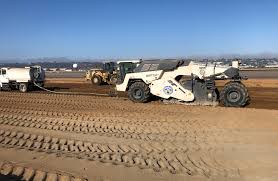Introduction:
The structure is like an animal’s skeleton. It holds the building together. All construction elements have structure to some extent since they hold themselves and other neighboring parts. Traditional architecture did not separate enclosing structures. To illustrate, consider a pyramid or Romanesque cathedral. Even though we could eliminate some, all the stones in the envelope are vital—all work to maintain stability. The difference between structure and envelope began in the 19th century with the introduction of new materials like steel and concrete. Today, most buildings have concrete, steel, or wood structures. Whether the structure is composed of brick, concrete blocks, or other load-bearing walls, it is evident which are structures and which are walls or partitions.
What is Structure in Construction?
In construction, “structure” refers to the arrangement and organization of various components and elements that make up a building or any other engineered construction. It encompasses the framework or skeleton of the construction that provides support, stability, and load-bearing capacity.

